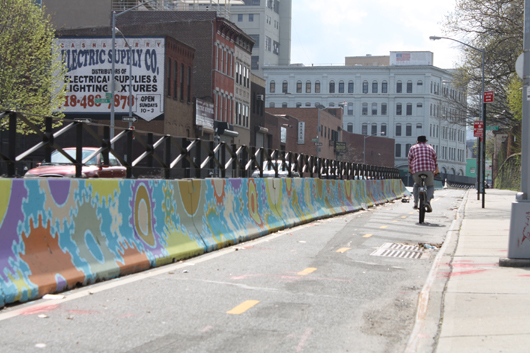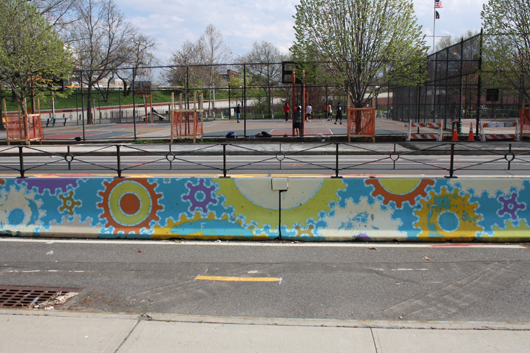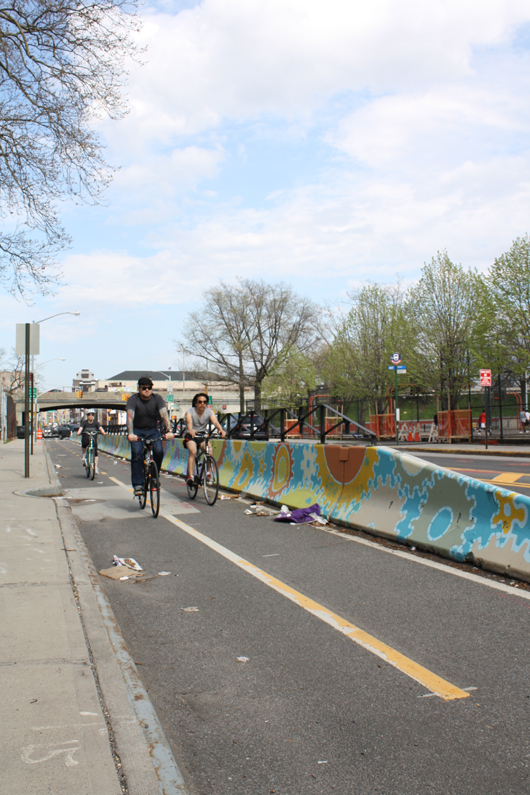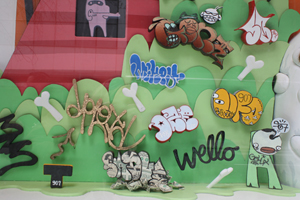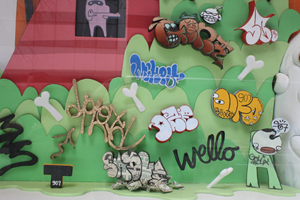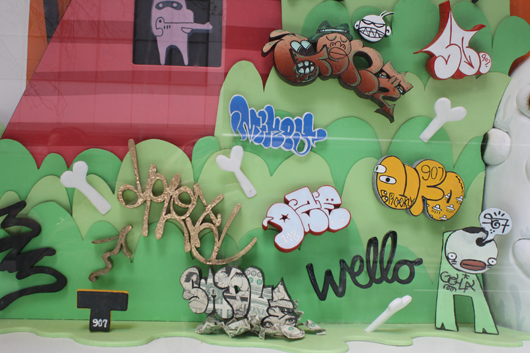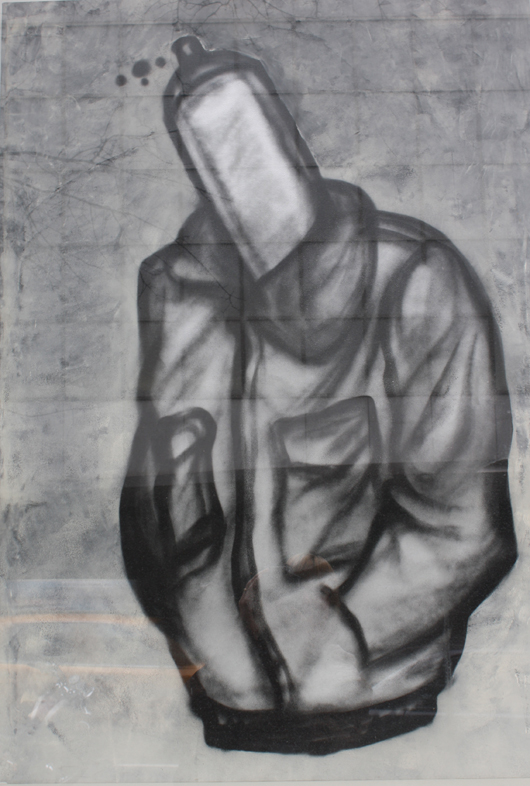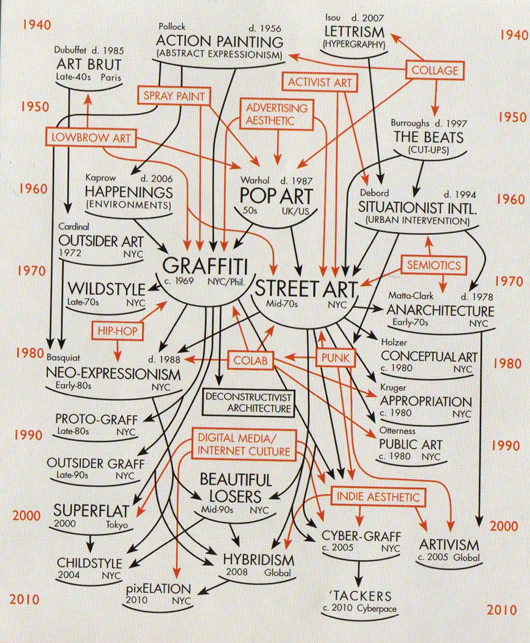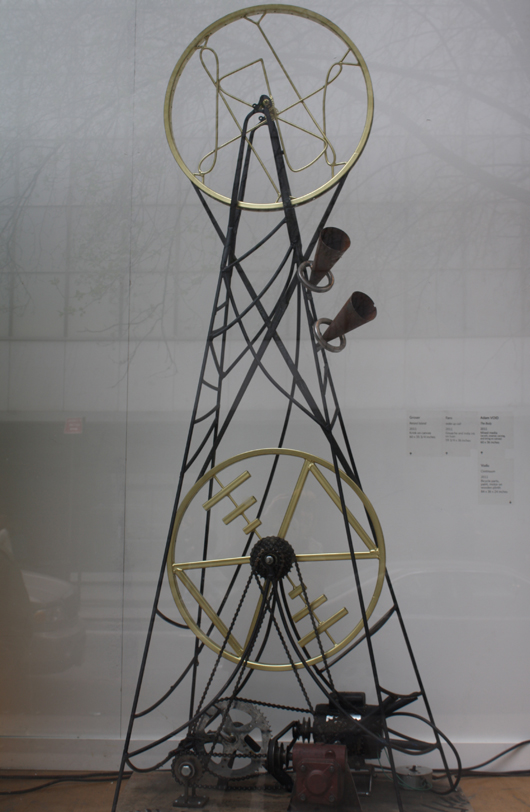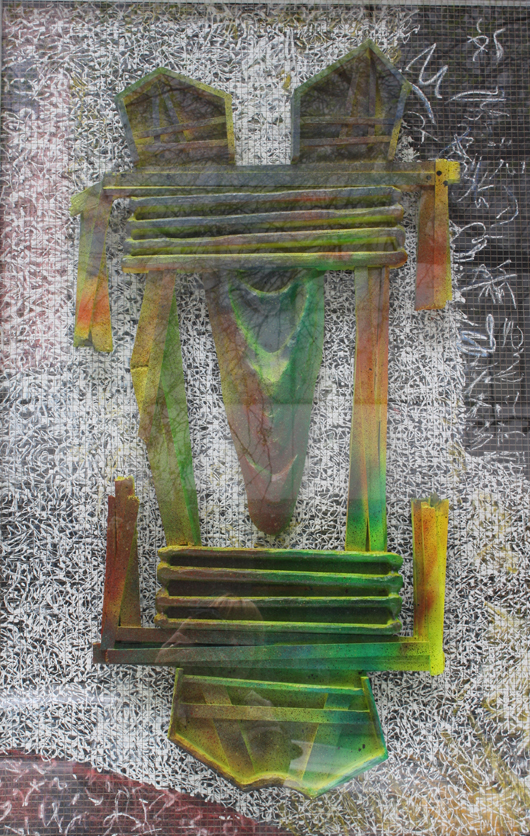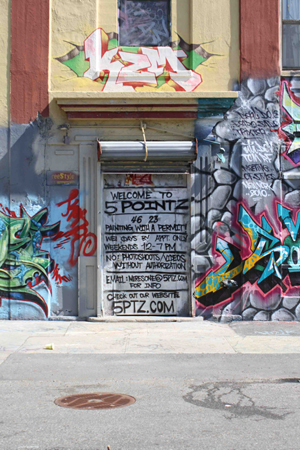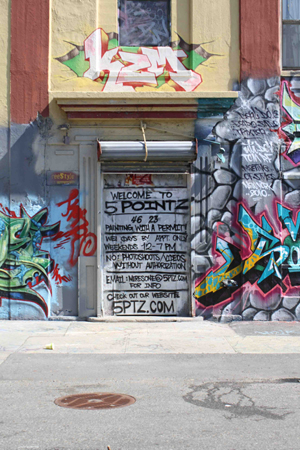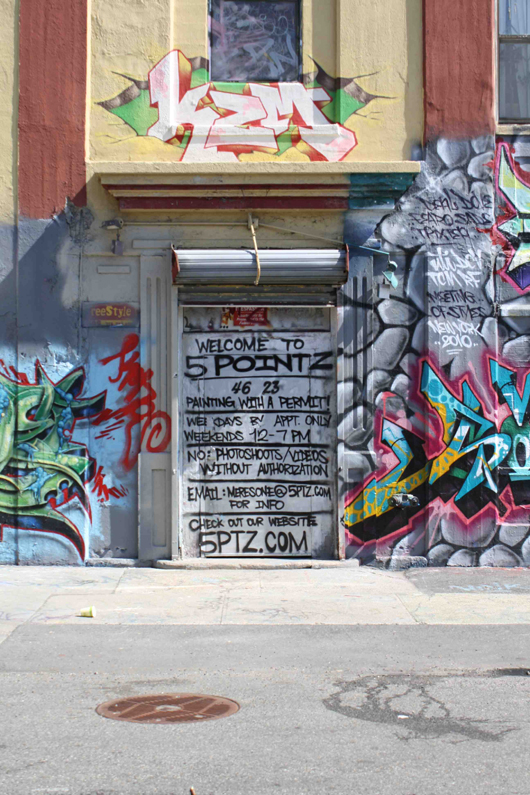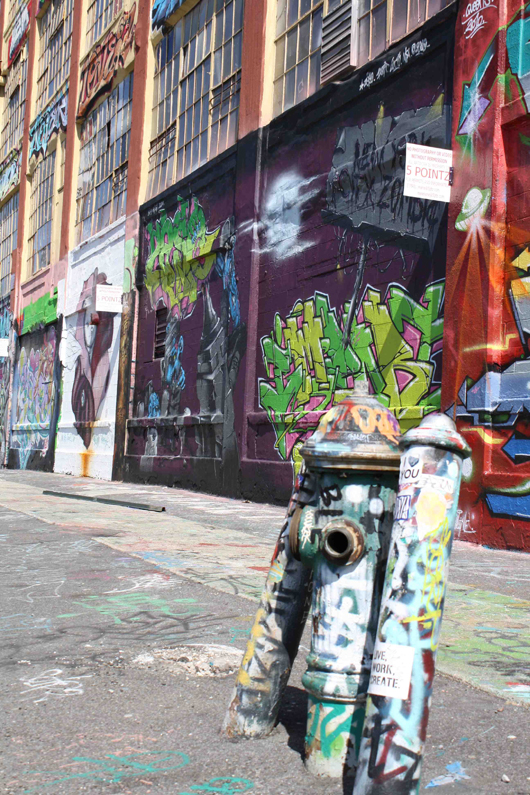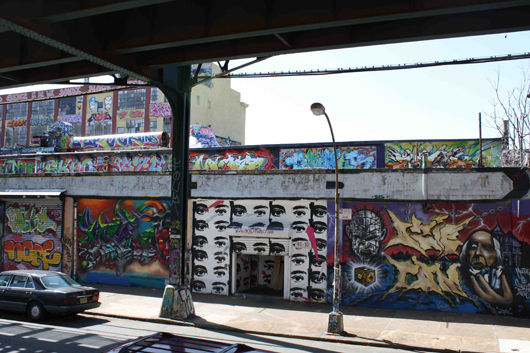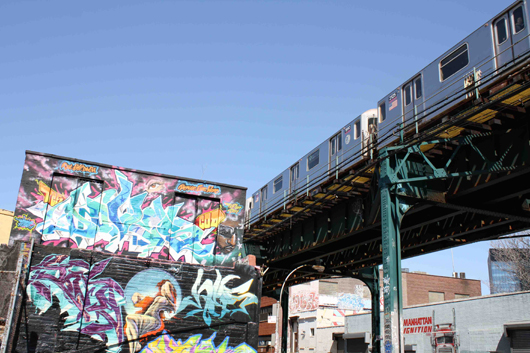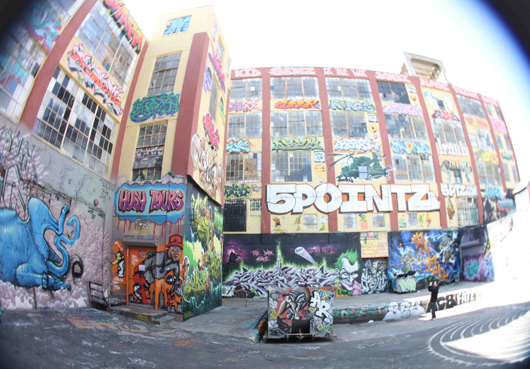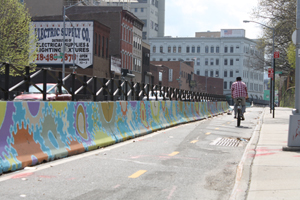
On a bike ride recently, I was excited to find that the barrier protecting my bike lane from oncoming traffic had been painted with a series of pastel, interlocking gears. With some research, I realized I was reaping the benefits of the NYCDOT Urban Art Program, which invigorates the city’s streetscapes with temporary art installations.
The section I noticed, titled Teeth and Groove, had been completed by local artist Eugenie Tung and a group of volunteers on April 16 for Hands on New York Day. This particular barrier runs along the bike lane on Flushing Avenue, from Williamsburg West street to Navy Street. Other artists involved in the Barrier Beautification project include Julia Whitney (West 155th Street and Edgecombe Avenue, Manhattan), Taliah Lempert (Flushing Avenue, Williamsburg), and Corrine Ulman (97th Street and Centreville Street, Queens).
This is not the first public art work that Eugenie has created for DOT—she also produced fused glass windows representing the daily lives of New Yorkers for the Canarsie line’s New Lots station. She’s one of many artists taking advantage of public funding to help invigorate the streets of New York.
I love the way Eugenie’s illustrations of interlocking gears connect to the larger concept of transportation, particularly as Manhattan and the outer boroughs struggle to balance pedestrian, public transportation, bike, and vehicle traffic congestion. Although many car owners argue that the barricaded bike lanes take up precious driving and parking space, bikers love the safety the lanes provide.
It’s an especially well-timed message, since the warmer weather draws bikers (like me) out in droves. Maybe the bright illustration will help remind us all to be more sympathetic and aware of bikers, walkers, and cars as we speed towards our destinations.
It’s a perfect example of the way street art has the opportunity to speak to and draw attention to community issues in a way few other artistic mediums can.
Check out more of Eugenie’s work here: www.eugeniestudio.com/
# # #
ADDITIONAL IMAGES OF NOTE
